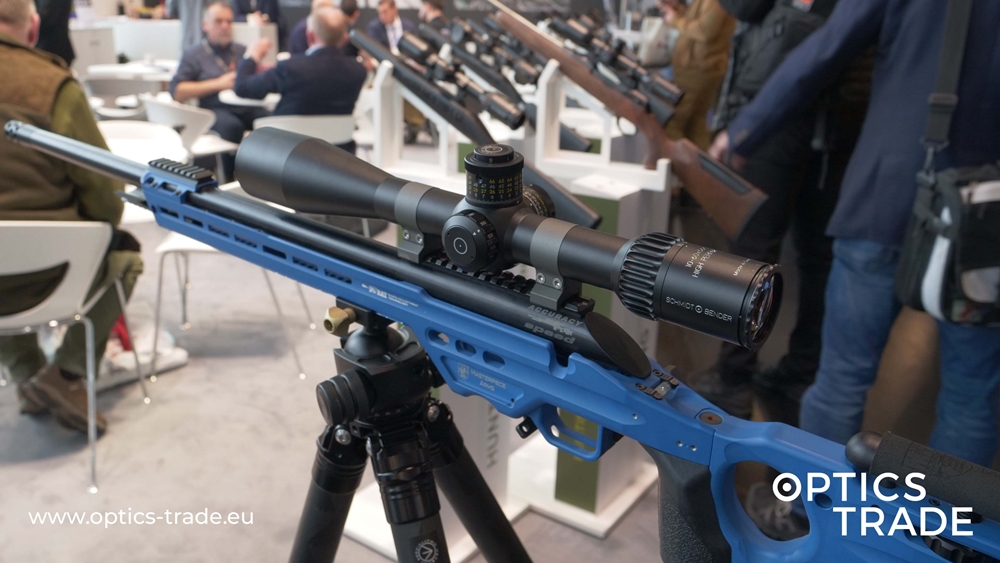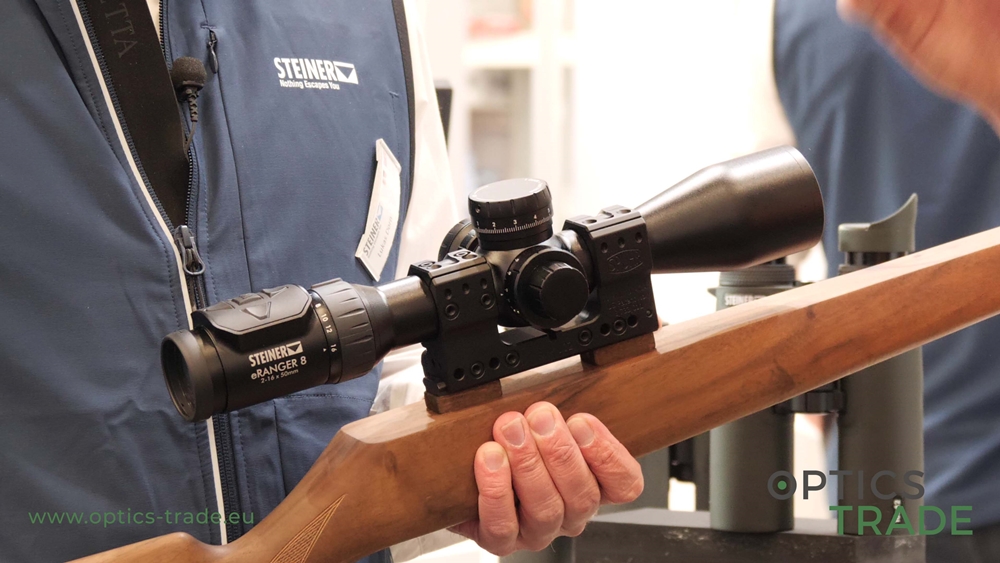Hello and welcome to another episode of Optics Trade Debates video. This is quite a special one. We finally got our hands on a riflescope with an LM rail. That’s such a rare occurrence nowadays that we simply had to film an episode! That’s right – today’s focus will be on the outdated (by today’s standards, at least) LM rail and mounting solutions.
First, let’s start with a bit of history. LM rail was arguably the most popular rail mounting solution in the past decades in Europe. As we said now and again, rails are much more dependable than rings but for some reason, they haven’t truly taken off overseas. In Japan, the US and all other countries, scopes mounted with rails are only rare exceptions to the rule.
The LM rail was one of the first rails of its kind. Almost all European producers manufactured it. Its shape resembles a prism and was therefore often called a prism rail. To be more detailed in the physical description, this rail is prismatic in its cross shape, with the angles of the rail placed at a 70° angle – the rail was also known as the 70° prism rail. At the base, it was 15 mm wide.
But in 2019, only Kaps and certain Noblex (Docter), as well as Schmidt & Bender scopes still feature LM rails. Still, you’re more likely to see these same scopes mounted with the use of another mounting solution (e.g. pivot mounts, Weaver rings).
Just to illustrate: Here, at Optics Trade, we have over 2000 riflescopes on offer, yetwe’ve never come across one with an LM rail – until now. Imagine our excitement when one of our customers send us his scope for cleaning and there was an LM rail attached to its side. These rails are a thing of the past. There are many mounts for the LM rail that can be purchased on our website but actual rails are a rare sight.
There are still many riflescopes with LM rails in use but you’d be hard pressed to find one in shops. But since there are thousands of such scopes out there and still in perfect working conditions, it makes sense that manufacturers are still producing mounts that are compatible with LM rails. It doesn’t really matter if (the scope product with) the actual rail is nowadays extremely rarely sold.
In the video, we show you a mount for Blaser R8, R93 (and all other rifles of the same company) and a Recknagel mount for a Picatinny rail that all come with LM mounting parts on top. There are many other options that are compatible with an LM rail available on our webpage.
Now, let’s focus on the advantages and disadvantages of mounting with an LM rail. The advantage is that this is a very reliable solution. LM rails are durable.
There isn’t much tension on the scope as the LM rail is robust and there’s a lot of supporting material to work with when dealing with substantial recoil. This kind of solution is simply better in every way.
Every time you combine scopes with rings, it’s important to make sure that the horizontal line is truly aligned with the horizon and that is not easy to achieve. With rail mounting, this horizontal alignment is not an issue.
In all fairness, this holds true for all rail mounts – not just the LM standard.
But there is one huge drawback of the LM rail.
In the past, there weren’t so many standards. That is why almost every single LM rail was individually fitted and custom finished to join the rifle scope with its firearm. The results were higher costs and non-interchangeable parts. In order for the rail to stay in its place and not to compromise the shooting accuracy, the rail was fixed to the rifle with a hole bored through the rail and the rifle, which was later fastened with a screw. The screws also acted as recoil stoppers.
It was only later that LM rails became standardized. Those LM rails that can be still found on old rifles are all of the same size and dimensions, no matter the manufacturer that made them. So the Zeiss LM rail is no different than a Schmidt & Bender LM rail.
As we already said, the LM rail was designed in a way that required a gunsmith to first drill 2 holes into the mount. These holes had to be placed with care, at exact positions or the screws could not be inserted correctly.
Old European riflescopes were attached to the LM rail at two points. The first point of securing the scope was on the objective bell. It was done quite similar to that of the Suhl or German Claw mount. The other point of contact was located on the main tube (about the same place as today). For this reason, the LM rail was thin at one end and thick at the other.
All of the above resulted in numerous problems. Only a few gunsmiths were skilled enough to properly mount riflescopes with the help of an LM rail. There was also a bothersome height discrepancy between one end of the rail and another. In most cases, custom mounting solutions had to be made to compensate for this difference.
These were all contributing factors as to why the LM rail is no longer used in modern optics. There’s too much potential for errors, while there are so many modern mounting solutions available on the market that do not require half as much effort as the LM rail. Almost all producers stopped their production of scopes with this kind of rail a long time ago.
Nowadays, customers often like to mount their scopes by themselves. The ease of use is, therefore, a very important criterion in the purchase of mounting elements. We live in a world of do-it-yourself and LM-type of rails are simply a no-go.
Solutions like the Zeiss ZM/VM are much more suitable to the needs of the modern user. Many producers of optics (e.g. Leica, Minox, Meopta) use this contemporary mounting standard. Another example is the Swarovski SR rail, which is also used by Kahles. Schmidt & Bender’s Convex rail is the third among these super popular standards of today.
These modern rail solutions come with all the pros of the LM rail and with none of the cons.
We’d like to thank you for your attention and if you have any questions left, feel free to leave them in the comment section below. Please like and share this video. For more content, subscribe to our YouTube channel and we’ll see you next time.
Products mentioned:




